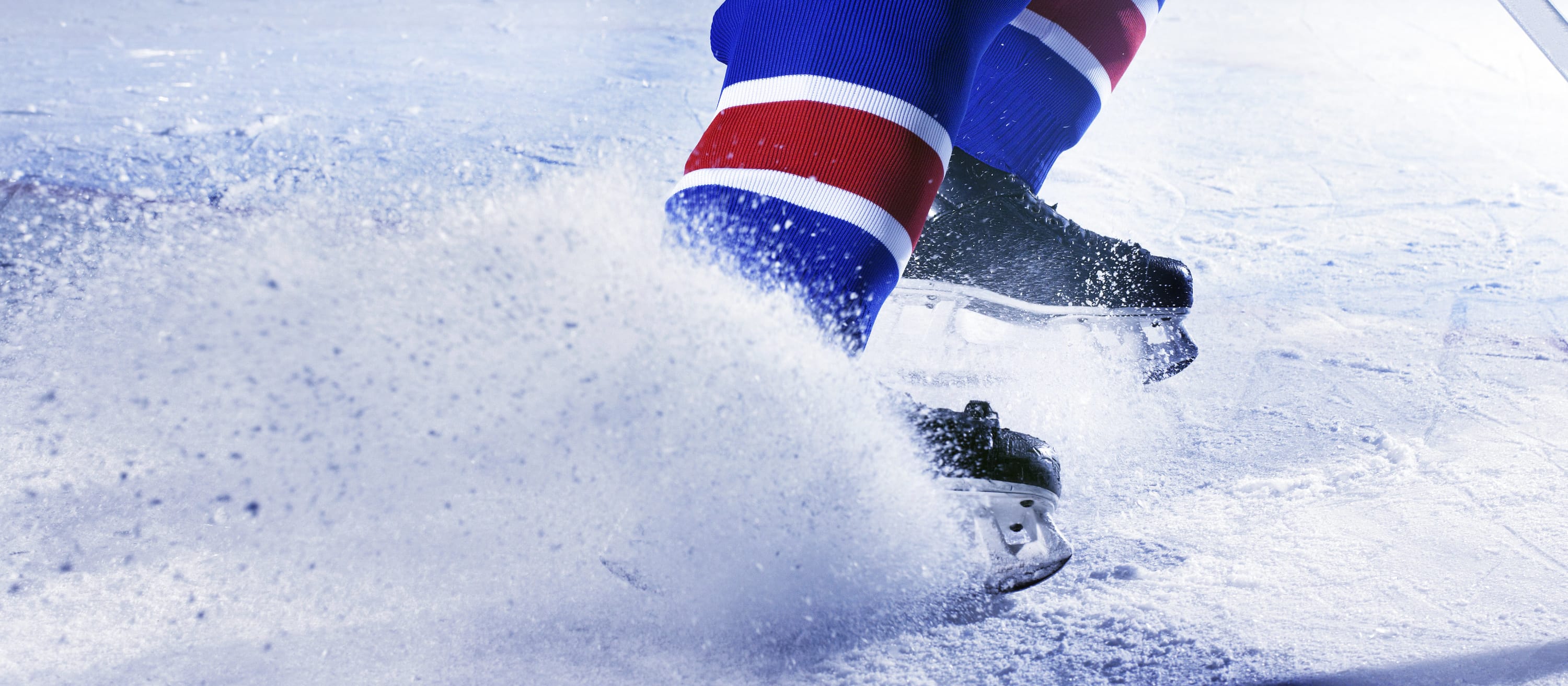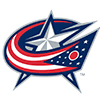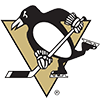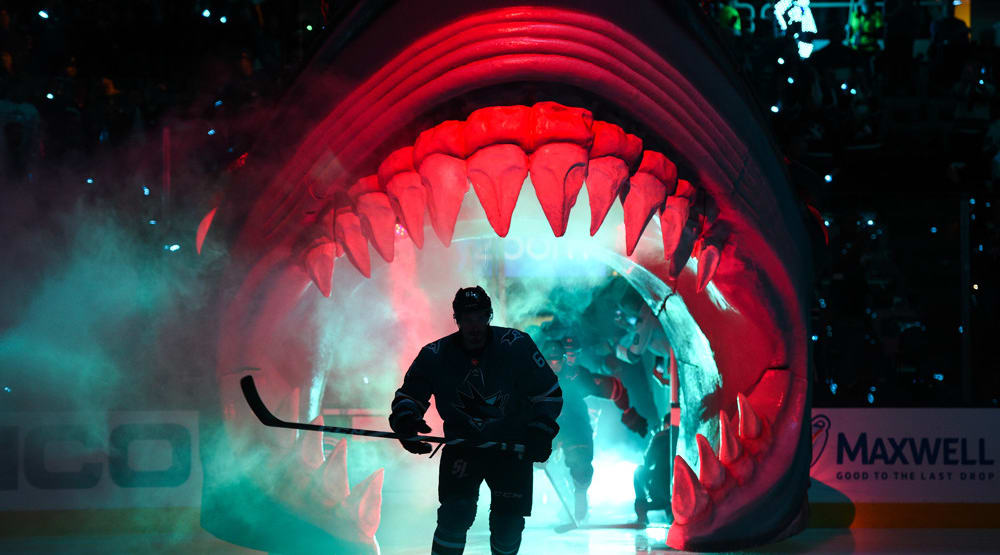Now that most of us have recovered from a day of binging (Thanksgiving Day for those of us south of the border), let us get back to the exciting world of professional hockey. Alec Martinez of Los Angeles sustained a shoulder injury close to 2 weeks ago. He is back skating with the team, but is not cleared for contact during practice. There does not seem to be any definitive information on the nature of the injury. Since the initial injury was thought to be head-related, this rules out such injuries as partial shoulder separations or muscle injuries because these are easy to distinguish from head injuries. It may be more in the lines of a nerve injury such as traction injury or a pinch injury where a nerve was traction or pinched. These types of injuries can lead to pain and weakness which were both symptoms indicated by the head coach. The recovery time for this time of injury can vary but, as long as the pain has subsided, the strength component will return with the appropriate rehabilitation. It is a good sign that he is back on the ice. It means that skating should not aggravate the injured site which is a positive step. The lack of contact may be an indication that his strength is not sufficient to protect the area during contact. In contact sports, strength helps protect the athlete from serious injury. Without the strength, the player opens himself up for another injury or re-injury.
Now that most of us have recovered from a day of binging (Thanksgiving Day for those of us south of the border), let us get back to the exciting world of professional hockey. Alec Martinez of Los Angeles sustained a shoulder injury close to 2 weeks ago. He is back skating with the team, but is not cleared for contact during practice. There does not seem to be any definitive information on the nature of the injury. Since the initial injury was thought to be head-related, this rules out such injuries as partial shoulder separations or muscle injuries because these are easy to distinguish from head injuries. It may be more in the lines of a nerve injury such as traction injury or a pinch injury where a nerve was traction or pinched. These types of injuries can lead to pain and weakness which were both symptoms indicated by the head coach. The recovery time for this time of injury can vary but, as long as the pain has subsided, the strength component will return with the appropriate rehabilitation. It is a good sign that he is back on the ice. It means that skating should not aggravate the injured site which is a positive step. The lack of contact may be an indication that his strength is not sufficient to protect the area during contact. In contact sports, strength helps protect the athlete from serious injury. Without the strength, the player opens himself up for another injury or re-injury.
For any player, being cleared to skate again is always a good sign. Travis Zajac of the New Jersey Devils had surgery to repair a torn Achilles' tendon. He has recently been cleared by his MD which means that he should be back on the ice in the next couple of weeks. All indications are that his Achilles' tendon has healed well and that his rehabilitation is going to schedule. The projected return date is still Xmas so it appears that they are not pushing his return. The Achilles' is important for controlling the eccentric load on the muscle. This type of muscle contraction assists with walking and running, basically, any mobility activity even skating. A strong tendon transmits all the force the muscle can generate to the bone and ultimate to the joint so propulsion can occur. A weak tendon will limit the player's power and endurance.
Ryan Miller of Buffalo has been diagnosed with a concussion and has been placed on IR. Not good for the goalie because as we have seen in the past concussions are very unpredictable. The affects of a concussion can be physical and mental. If the player is unable to train then they may loose their hockey specific fitness as well as their general fitness. This may mean less and shorter shifts. It may also mean longer stints in the minors to regain that fitness. It does not often happen but this may also impact the player's position on the roster and the line they play on. Mentally, the player may feel hesitant at first to be as physical in fear of bring back the symptoms due to an untimely hit. In any case, no player wants to be diagnosed with a concussion, especially if it is their second or third, because they know that increase frequency also means increased susceptibility. It also appears that there has been a recent increase in concussions when looking at the injury reports.
Peter Mueller of Colorado has a concussion but it has been reported that he also has a groin injury. It is interesting that he sustained another injury while recovering from another. This usually means that there is a connection. How does a concussion connect to a groin injury? Initially, the main connection may be one of deconditioning. Mueller may have been deconditioned from inactivity that his hip/groin region was susceptible to being over worked. Another connection deals with the role that the head and neck plays in movement. The head is the main rudder in movement. The eyes and head tell the rest of the body how and where it will go. If you are looking left, your body will not go right. Also, if tilting your head at a certain angle is not comfortable because it may bring on some symptoms, no matter how small, how the rest of your body will move will be affected. So how your hip and groin muscles coordinate their action while skating may be changed thus the groin muscles may get strained over repeated use. In Mueller's case, his activity level will probably have to be decreased for healing to occur to the tissue. The medical staff will probably review the training and rehabilitation schedule to make sure that this set back does not occur again. Ultimately, the goal is to limit the player's exposure to potential causal factors during the recovery period so they do not get re-injured. Of course, you cannot eliminate all potential causes but one can try to decrease risk.
Andreas Lilja of Philadelphia has recently been diagnosed with a high ankle sprain. High ankle sprains are difficult to stabilize because it is difficult to stop the lower leg from rotating during activity. The high ankle sprain is a sprain of the syndesmosis tissue (connective tissue between the tibia and fibula). This tissue helps stabilize the two bonces during rotation and to prevent the bones from separating which will weaken the ankle mortise. Initially, immobilization is important to allow the tissue to heal. After the tissue has healed sufficiently, then normal movement needs to be obtained and then strength and balance is regained. Functional training is important in re-introducing the most taxing movements slowly and, in a controlled manner, back into the player's repertoire. Being too aggressive will lead to re-injury to the syndesmosis and will delay the player's return. The motion of skating is very circular so the stress on the syndesmosis may be greater so improving the strength in the ankle stabilizers is very important.
Brandon Crombeen of St. Louis had a fractured clavicle in October and has been now skating with the team but is avoiding contact. If the recovery process from a broken clavicle one has to remember that the clavicle is the only boney connection the shoulder girdle (arm and shoulder blade) has to the axial skeleton. The arm and shoulder actually is a floating limb and has muscular attachments to the thorax and ribcage but the clavicle/collarbone is the only boney connection so a strong and stable connection assists with maintaining normal arm function. My guess at this point is that his overall strength needs to be a little better before he can get involved in contact. As mentioned before, strength assists the player to handle the forces generated during the contact whether it is with another player or with the boards or the ice. If everything is good, we will probably see him get involved in the contact side of practices in the next couple of weeks and should be playing before Xmas.
Ben Eager of Edmonton has a back injury that occurred during warm-ups on Friday. As we can all guess, nobody gets injured just from the warm-up. My guess is that he has had a mild nagging issue in his back or he may have been dealing with something else such as a hip or may be an upper back issue. Problems in these two areas can place added stress on to the low back region and make it susceptible to injury. One of the goals of the medical and rehab staff will be to determine what is the real cause of the injury. Of course, you may to treat the local area but the one must also deal with the potential causal factors because this will assist decrease the chance of any future injury.




























